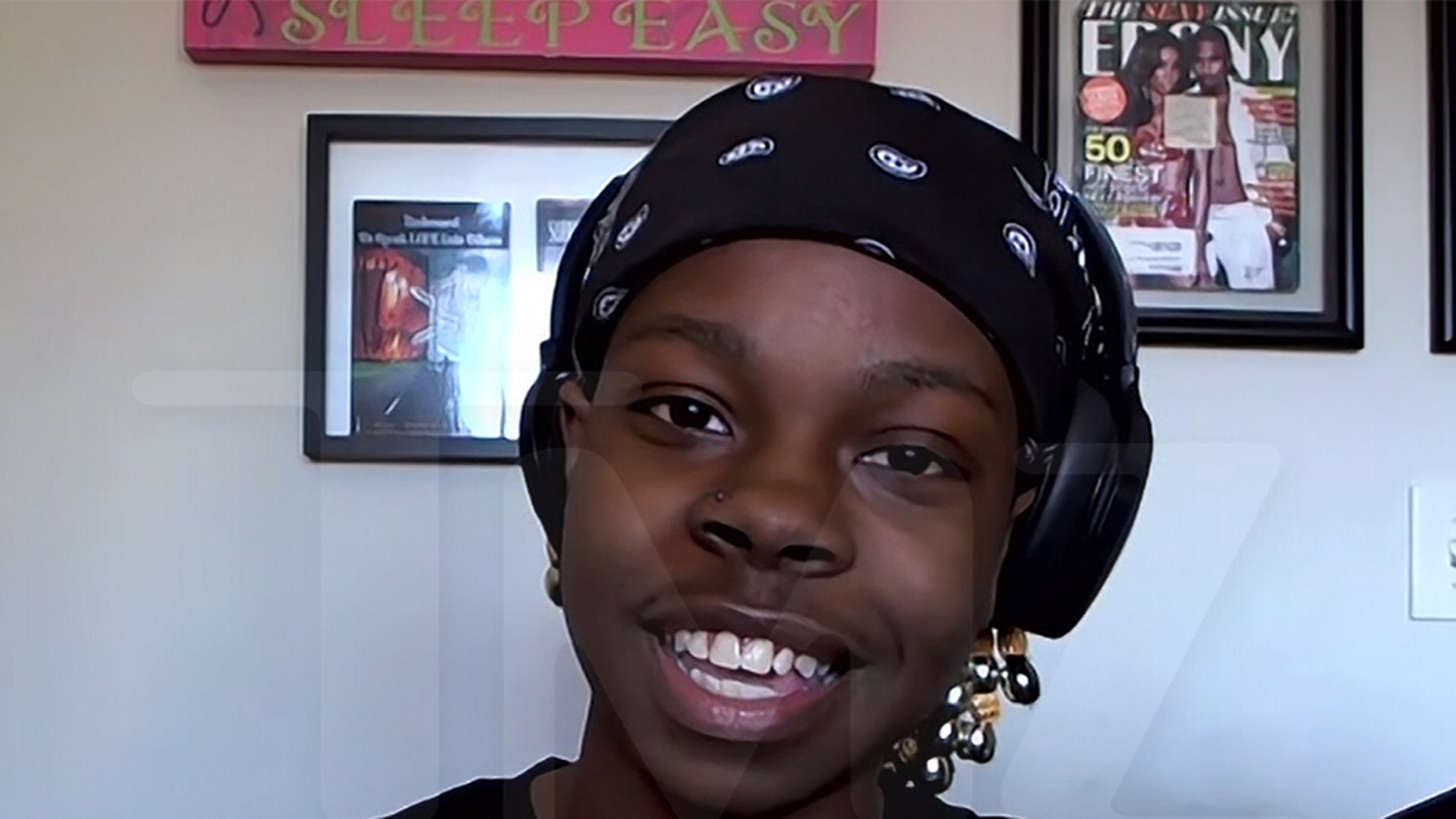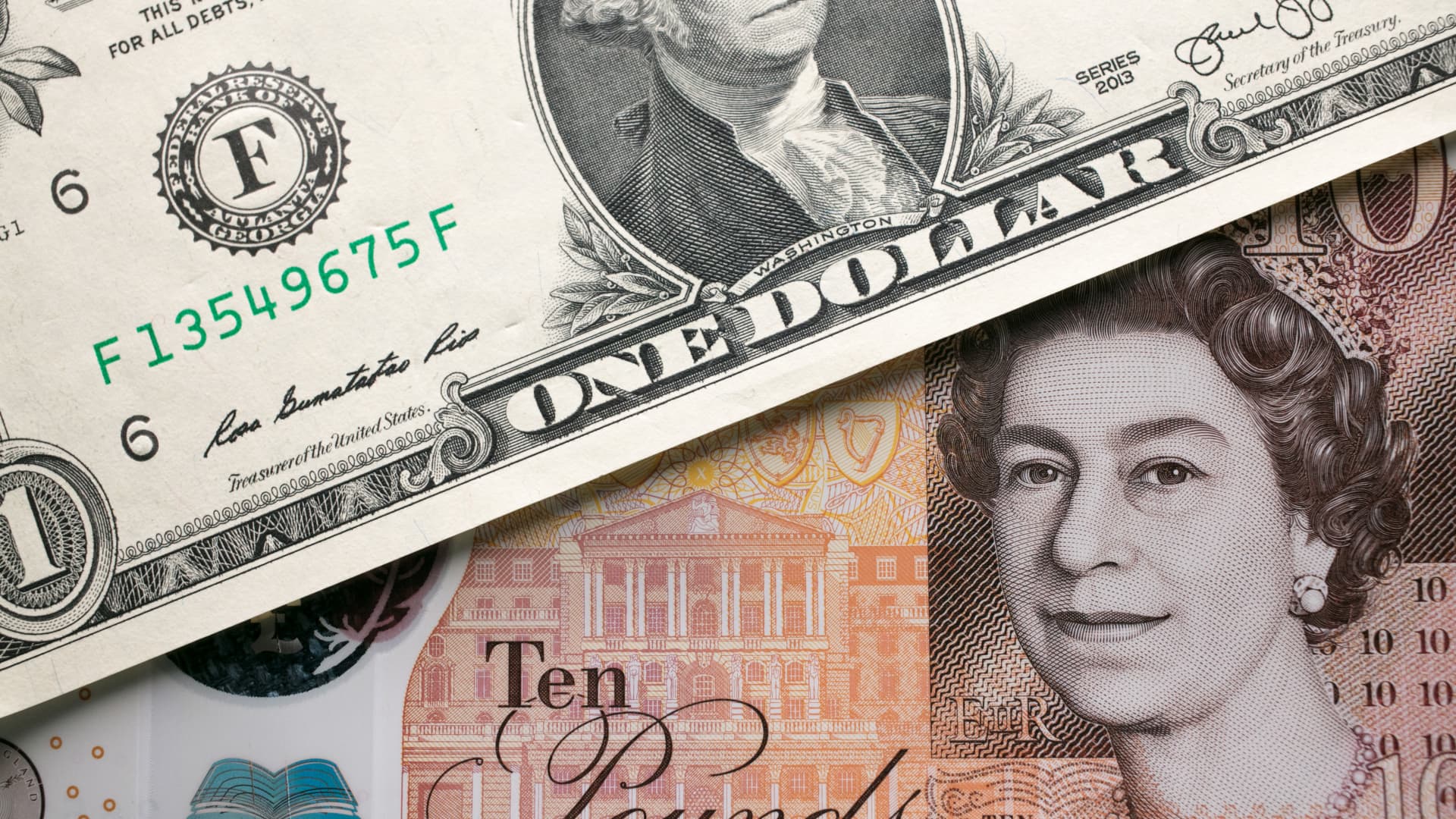The British pound has slid against the U.S. dollar over the past year, hitting a 37-year low against the greenback last week — and it could weaken even further, according to analysts. Sterling hit $1.1403 on Wednesday — a level not seen since March 1985 — amid dollar strength and mounting concerns over the U.K’s economic outlook. This is only the fourth time that the currency has hit the $1.14 level, according to Refinitiv data dating back to 1972. The pound has since pared some declines and was trading at $1.157 against the dollar Friday afternoon in London. “If you look at the sterling since the beginning of the year against the other G-10 currencies, it has obviously not only lost the most ground against the dollar, but it has also actually lost ground against almost every other currency within the group as well,” Sonja Marten, chief FX strategist at Germany’s DZ Bank, told CNBC Pro. “The only currencies that have been weaker are the Swedish krona and the Japanese yen . So, it’s definitely not only dollar strength, but also a question of sterling weakness.” The pound’s relentless slide this year reflects the enormous challenge facing Liz Truss’s new government, at a pivotal moment for the British economy. Inflation in the U.K. is at a 40-year high, with the consumer price index hitting 10.1% in July from a year ago amid Britain’s worst cost-of-living crisis in decades. A series of six consecutive rate hikes by the Bank of England — including a 50 basis points rise last month, its largest increase since 1995 — has so far failed to rein in inflation. And Truss’ economic agenda, which includes tax cuts and a pledge to review the Bank of England’s mandate , has also set her on a collision course with the central bank, compounding market nervousness and hitting sterling. More downside expected Now, market watchers say the pound has even further to slide. “I think it can go further. I do think there’s potential for downside depending a little bit now on the news flow,” Marten said. She says the pound has the potential to hit $1.10 against the dollar if “things go bad.” “In the short term, if things go bad, and that means Liz Truss not managing to capture investor confidence by declaring how she’s going to finance her spending and if the Bank of England’s mandate been touched. And the whole situation with energy prices remains,” she said. “We just moved from $1.23 to $1.15 in two weeks, so I wouldn’t rule it out. It’s a currency pair that does tend towards large swings.” Read more Wall Street pro predicts when the S & P 500 will rally — and reveals how to trade it This chip stock has convincingly beaten its peers this year – and analysts think it can go higher Uranium is ‘on a tear’ right now. Here are two ETFs to play it Stephen Gallo, European head of FX strategy at BMO Capital Markets, does not see “much relief” for the sterling in the near-term, even if the Bank of England increases the pace of rate hikes. “The way we see it, the UK economy is already headed for some form of a hard economic landing. Although a looser fiscal policy setting may lessen the blow in that regard, it also risks economic overheating and a boom-bust cycle,” he said in a note. Sterling’s weakness this year has been largely driven by structural factors, he added in an interview with CNBC Pro. Gallo cited a clear peak in the dollar, a considerable cooling of inflation rates in Europe and a clear de-escalation of the war in Ukraine as necessary conditions for the sterling to recover. As such, he sees sterling trading in the $1.15 to $1.18 range in the near-term. Meanwhile, Chang Wei Liang, FX and credit strategist at Singapore’s DBS Bank , believes the pound will “tread around the $1.14 and $1.15 level.” “We believe the current levels are subject to the BOE continuing to deliver on interest rate hikes to moderate inflation pressures in the U.K.,” Chang said.
Forex pros weigh in on whether the British pound has hit the bottom
Related Posts
RECENT POSTS
Browse by Category
- Books (1)
- Business (3,474)
- Events (2)
- Fashion (5,448)
- Horror (1)
- Interviews (28)
- Movies (5,444)
- Music (5,479)
- News & Gossip (6,218)
- Television (5,474)
- Uncategorized (1)
- Video Of The Day (883)
POPULAR POSTS
READERS' PICKS
EDITOR'S PICKS
© 2022 EssentiallyHollywood.com - All Rights Reserved







































































![‘Survivor 47’ Finale Recap Part 2, [Spoiler] Wins ‘Survivor 47’ Finale Recap Part 2, [Spoiler] Wins](https://tvline.com/wp-content/uploads/2024/12/survivor-finale-part-2-cbs.jpg?w=650)








